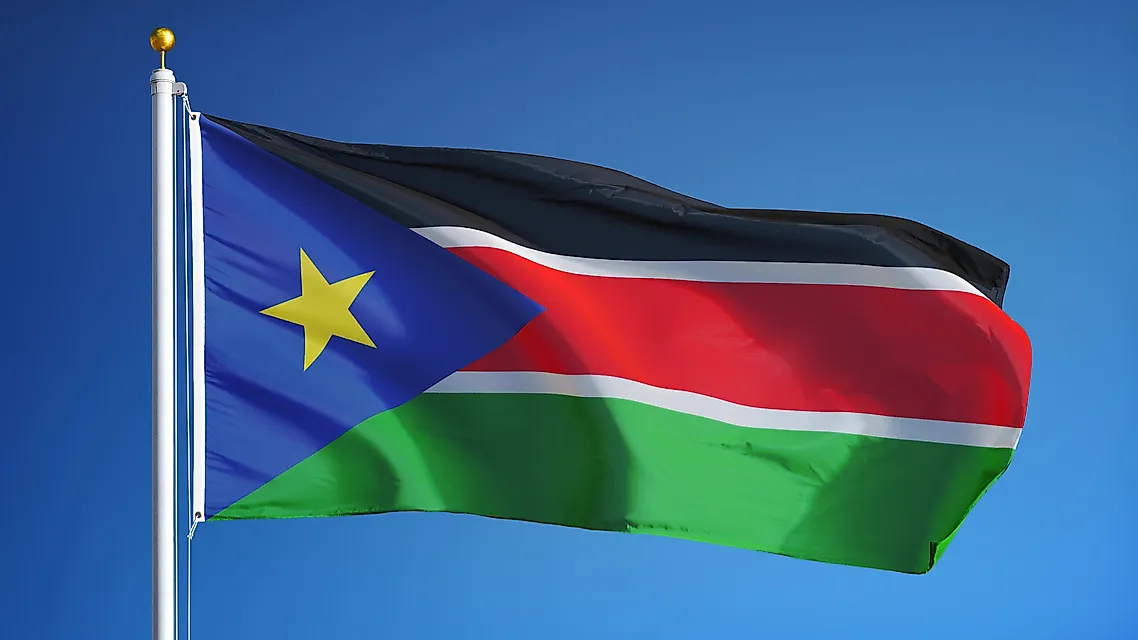What Type of Government Does South Sudan Have?

South Sudan is one of the Eastern Africa’s landlocked countries. It is the newest state in Africa, gaining its independence from Sudan in 2011 following a referendum that was overwhelmingly supported. The Government of South Sudan came into place on January 9, 2005, following the signing of the Comprehensive Peace Agreement. John Garang, leader of SPLM, became the country’s first president. South Sudan adopted a new constitution in December 2005. The transitional constitution was ratified by the now defunct Southern Sudan Legislative Assembly and was signed by the president on the Independence Day becoming the supreme law and superseding the 2005 interim constitution.
Government of South Sudan
The transitional constitution of South Sudan establishes a mixed presidential system of government, with the president heading both the state and the government, and is also head of the military forces. The power of the government of South Sudan originates from the will of the people and the Comprehensive Peace Agreement. The cabinet headed by the president is the executive arm of government. The cabinet is made up of the president, two vice presidents, and a number of cabinet ministers. Currently, the cabinet of South Sudan is made up of 29 ministers. The president has the power to appoint and dismiss cabinet ministers and the two vice-presidents. The president also has powers to make other state appointments including ambassadors, parastatal heads, and judges. The president of South Sudan is responsible for fostering foreign relations with other nations. The current struggle for powers between President Kiir and his former vice president, Riek Machar, has affected the stability of the country
National Legislature
The legislative power is exercised by the national legislature of South Sudan. The bicameral parliament is composed of the national legislative assembly and the Council of State. The Council of State consists of 50 members drawn from 50 constituencies while the national legislative assembly is made up of 400 members, with 170 members elected in 2010. The national legislature has its seat in the capital, Juba, and is responsible for supervising the performance of the national government institutions, approving executive policies and budget, ratifying international treaties and agreements, enacting legislations, and casting a vote of no confidence against the vice presidents and any cabinet ministers. South Sudan is expected to hold an election for the next legislative assembly in 2018, following the extension of the term of the assembly.
Judiciary of South Sudan
The constitution of South Sudan provides for the establishment of the state judiciary as may be necessary. The judiciary is independent of the other two arms of government with its budget charged on consolidated funds. State courts have both civil and criminal mandate in respect of the national law. The structure and the power of the court are outlined in the constitution. The chief justice is accountable to the president and heads the judiciary. The supreme court is the highest court in South Sudan. The court of appeal and the high court are categorized as second-tier courts. Other courts, including county courts and tribunals, are created only when necessary.











